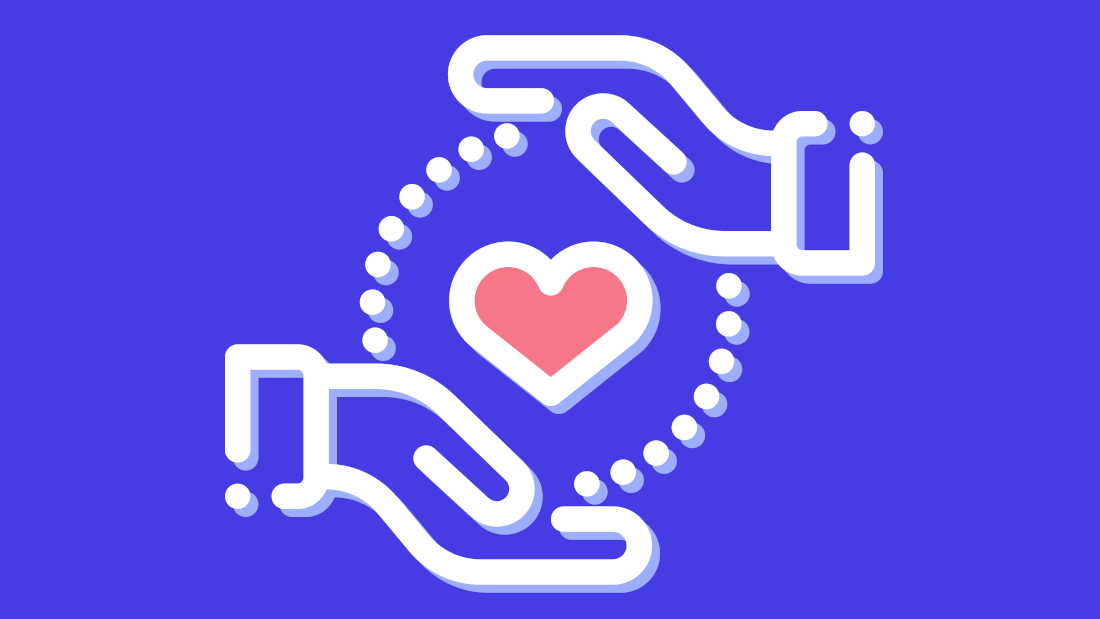I’ve learned a lot leading design teams on NHS projects including the power of empowering people to lead themselves.
Ask Sparckies to name a client they enjoy working with and many of them will say the National Health Service (NHS).
That’s because:
- we’ve done so much work with them over the years
- the NHS has a mature human-centred design culture
- the work is worthwhile
Speaking for myself, when I first started working with the NHS as a service design consultant back in 2021, I felt like Charlie with a Golden Ticket.
I’d gained access to the inner workings of one of the most valued of British institutions and, frankly, I was excited.
Now, several years on, my role is as a research and design lead, representing Sparck and BJSS across several NHS projects – and I still feel the same.
Why designing in the NHS feels special
What is it about this environment that gives Sparckies that giddy feeling? What is it that keeps us on these projects for months and even years, and makes us want to return?
Put simply, the NHS makes you want to do better design and be a better designer.
Some will say it’s the nature of the work. You almost always get the chance to tackle real, complex problems.
The projects you work on are unquestionably important to the health and wellbeing of potentially millions of patients and service users.
Others might say it’s the sense of united purpose that is so evident when you join an NHS team.
Up and down the NHS you’ll find people who are dedicated to the improvement of a public service they truly believe in.
In the NHS, human-centred design isn’t an option – it’s a statement of principle.
How the NHS builds user-centred design culture
How the NHS achieves that culture, and why it is so difficult to replicate elsewhere, is something that fascinates me.
I’ve come to believe the answer lies in a combination of things that are baked into the NHS leadership model, and hard to untangle. Here’s my best effort.
1. Community is everywhere
If you’re on an NHS project and for whatever reason find yourself with an hour to spare I guarantee that there will always be a design huddle, a show and tell, or a community of practice session for you to gate-crash.
It can seem overwhelming when you first join as you attempt to attend every single meeting that lands in your calendar.
But you soon get a feel for which communities you want to build relationships in and come to understand that this ‘love bombing’ is just the NHS way.
Not only do most sessions have an open door but within them everyone is regarded as an expert.
You’re encouraged to express your opinion, and diversity in thought and experience is valued.
Rarely will you find a group where questions are met with silence and a wall of muted mics and switched-off cameras.
The reason so many extracurricular sessions exist in the NHS community brings me to my next observation.
2. Culture is explicit and defined
Daniel Coyle, author of the New York Times bestseller The Culture Code, describes highly successful groups as aligning to three foundational behaviours:
- Building safety
- Sharing vulnerability
- Establishing purpose
Starting at the end of that list, it’s clear that working within the NHS gives people a sense of purpose almost by default.
Saving lives and improving health outcomes is the undeniable bread and butter of what they do.
To reference the great Simon Sinek, people in the NHS know their ‘why’ like the back of their hands, which unlocks motivation, drive and passion.
Sharing vulnerability is an interesting one. It’s often not encouraged in more competitive workplaces and as consultants we can often feel obliged to ‘razzle dazzle’ the client with remarkable expertise and impressive deliverables.
Now, don’t get me wrong – we definitely do the razzle dazzle when its needed, but the difference is that, working with the NHS, we’re not expected to be machines.
It’s OK, and even encouraged, to spend time understanding the problem, asking the ‘silly questions’, or reaching out to colleagues for support with tricky deliverables.
And finally, if knowing your purpose is your ‘why’, and sharing vulnerabilities is your ‘how’, then building safety – or psychological safety – is your ‘where’.
The first two cannot happen without an environment that nurtures curiosity and supports you with care and kindness. Providing space for questions, thoughts and discussion is why so many community events exist.
Culture doesn’t just happen. The needs of the community must be well understood, rituals intentionally designed, and outcomes meticulously and routinely studied and iterated. The NHS knows this very well.
Leading from the back
You may have noted that I’ve not actually touched on what design leaders within the NHS actually do.
They do a lot of very practical stuff, from managing stakeholders to working with delivery managers on engineering teams, but most of it is not your typical ‘Management 101’ activity.
I’ve intentionally opened by talking about community and culture as core drivers of how leadership is done at the NHS – because this is how NHS design leaders lead.
Leadership provides the enabling infrastructure but it’s up to designers to set up, maintain, and define their own communities of practice. By doing so, they develop pockets of activity where community ownership equals devolved leadership.
The old designer’s motto of “It's easier to ask forgiveness than to get permission” feels appropriate in this setting. People are trusted to make sensible decisions because they’re bought into the mission of the organisation.
Where time would otherwise be spent organising and running rigid corporate rituals for disengaged colleagues, this model of back-seat leadership frees design leads up to support in other, more productive ways.
There’s an inherent understanding that delivering great human-centred design requires the nurturing of a human-centred design community.
Let's connect and talk
If you want to talk about leadership, healthcare, service design, or anything else, connect with me on LinkedIn or message me via the contact form on this website.



